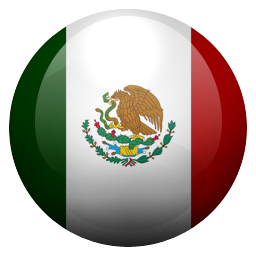Resumen
This study aims to improve the welfare of local rurban communities by reducing their vulnerability, thereby empowering them through new strategic partnerships with Academia in order to address the inequitable phenomenon of conurbation, and reappraise the rurban landscape as a cultural capital. The willingness to meet specific demands from members of rurban localities is the driving force for creating an inclusive design process, which consists of three areas: the local community, as well as students and researchers from the Faculty interacting assertively with and in such a context. The design process is focused on providing viable options for communities to relate the physical and social structure systems that make up the habitat to the objective of leveraging their capacity for resilience, as well as strengthening their identity. The creation of new links between Academia and communities at-risk encourages the participation of the three areas that make up the design process. Through communities' experience and cultural capital, a dialogue can be instated between the uncertainty and empowerment of the parties involved. Coexistence between rural and urban landscapes requires a system and structure, which actively promotes the preservation of natural resources and social cohesion. The task of each of the participants encounters its true meaning when practical actions arising from and for the adaptation of the local cultural landscape become a reality. How does one begin if not by opening a dialogue between researchers and student members of vulnerable communities?
Citas
Alexander, C. (1979). The timeless way of buiding. New York: Oxford University Press.
Bauman, Z. (2007). Tiempos líquidos. Vivir en una época de incertidumbre. España: Ensayo Tusquets Editores.
Bourdieu, P. (2007). Capital cultural, escuela y espacio social. España: Siglo XXI editores. 132-146
Litwin, E. (2008). El oficio de enseñar condiciones y contextos. Buenos Aires: Paidós. 100.
Luckmann, T. (2003). La construcción social de la realidad. Buenos Aires: Amarrortu.
Morin, E. (2011). Hacia dónde va el mundo. México: Paidos.
Pallasmaa, J. (2012). Los ojos de la piel. La arquitectura y los sentidos. México : GG.
Root-Bernstein, R & M. (1999). Sparks of Genius. The 13 thinking Tools of the world´s most creative people. Boston: Houghton Mifflin Company. 317.
Sánchez, R. (2010). Enseñar a investigar. Una didáctica nueva de la investigación en ciencias sociales y humanas. México: iisue. 136.
Santoianni, F. (2006). Modelos teóricos y metodológicos de la enseñanza. España: Siglo XXI editores.
Schön, D. (1987). La formación de profesionales reflexivos. Hacia un nuevo diseño de la enseñanza y el aprendizaje en las profesiones. Barcelona: Paidós.
Schumacher, P. (2013). I am trying to imagine a radical free-market urbanism. Log, 28, 39-52.
Wenger, E. (2002). Cultivating communities of practice: a guide to managing knowledge. Boston: Harvard Business School Press.
A Labor e Engenho utiliza a licença do Creative Commons (CC), preservando assim, a integridade dos artigos em ambiente de acesso aberto.


